Affiliate marketing has become one of the most popular ways for content creators to monetize their audience online. Fact, one in three publishers say affiliate marketing is one of their top three revenue sources, while one in 10 say it’s their #1 revenue source.
But it will be extremely difficult to make any money as an affiliate if you can’t find effective ways to get your affiliate links in front of the masses.
So what is the best way to promote your affiliate link?
To answer that question, I’m going to round up 4 of my favourite ways, each backed by real-world examples from successful affiliate publishers.
Let’s dive in…
How Affiliate Links Actually Work?
Before we discuss where to post your affiliate links, it’s worth mentioning how affiliate links work.
When you join an affiliate program, your affiliate partner (i.e. the product or service you’re promoting) will create your own affiliate link – unique to you that points to the product or service.
When someone clicks your affiliate link and buys something, the information in the link proves that you are the referred affiliate. At that stage your affiliate partner will reward you with a commission. Nice!
Here’s a more detailed run down and how it all works:

- You share an affiliate link with your audience via a blog, email newsletter, YouTube video, or social media post.
- A customer likes what they see and clicks your affiliate link to find out more.
- The link takes the customer to the product or service.
- Cookie technology shows that the customer clicked on your affiliate link.
- The customer buys something through your affiliate link.
- Your affiliate partner pays you a commission.
The 4 Best Ways to Promote Affiliate Links
Now that we’ve discussed how affiliate links actually work, let’s dive into the 4 best ways to promote affiliate links…
#1. Email Marketing
You might not know this but email marketing delivers a return of $36 for every $1 spent, which is arguably the single best way to promote affiliate links.
The biggest benefit of email marketing is that it gives you total control. Not relying on organic search or social media algorithms; you can land in your subscribers’ inboxes whenever you like.
However, the only downside to email marketing is it can take a while to grow your email list. But you can accelerate the process with some good marketing.
Tips for promoting affiliate links in emails
Golf Span is one of many affiliate sites that uses email marketing to promote their affiliate links.

Let’s look at some of the methods they use:
- Add a compelling hook to your email capture form to grow your list fast. For instance, Golf Span promises to help people increase their drive distance – a common goal of anyone looking to improve their golf game.

- Give people a reason to open your emails by crafting compelling subject lines promising some kind of value. Golf Span often uses its subject lines to promote the savings on offers, without giving away too much information.
![]()
- No need to send readers to your website; you can add affiliate links within your email newsletters to streamline the path to purchase.
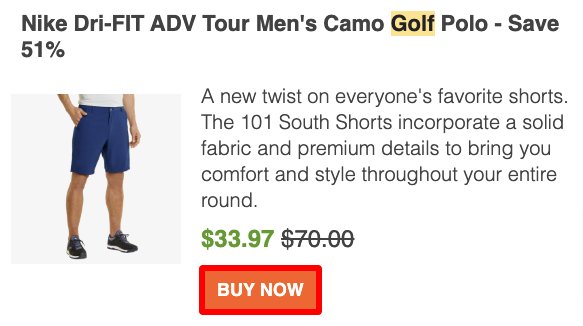
#2. Create Online Courses
I’ve explained in a prior post about how to become a successful affiliate marketer, there’s one affiliate link promotion strategy that I recommend time after time – and it’s surprisingly underutilized.
It involves creating your own online course.
At this point, you’re probably thinking: “How on earth does building a course help me promote affiliate links?”
Here’s how:
- Start by finding a common pain point your audience is eager to overcome.
- Create an online course designed to help people tackle that pain point.
- Use the course to recommend specific products and services that relate to your target pain point (e.g. if you’re helping people to promote an online business, you might recommend a marketing tool like AWeber).
- Every time you mention a product or service, add an affiliate link so you get paid for any sales you generate.
- Promote your online course far and wide!
This strategy is effective because the people who sign up for your course have come to you for answers. When you tell them a specific product can help them resolve their pain point, there’s a good chance they’ll listen.
Tips for promoting affiliate links in online courses
Legendary Marketer is the absolute master of using an online course to promote a bunch of affiliate links. Let’s see how they do it:
- Identify a pain point with broad appeal, then build your course around it. For instance, Legendary Marketer has created a course to help people start a profitable online business, which is one of the biggest goals for its audience.
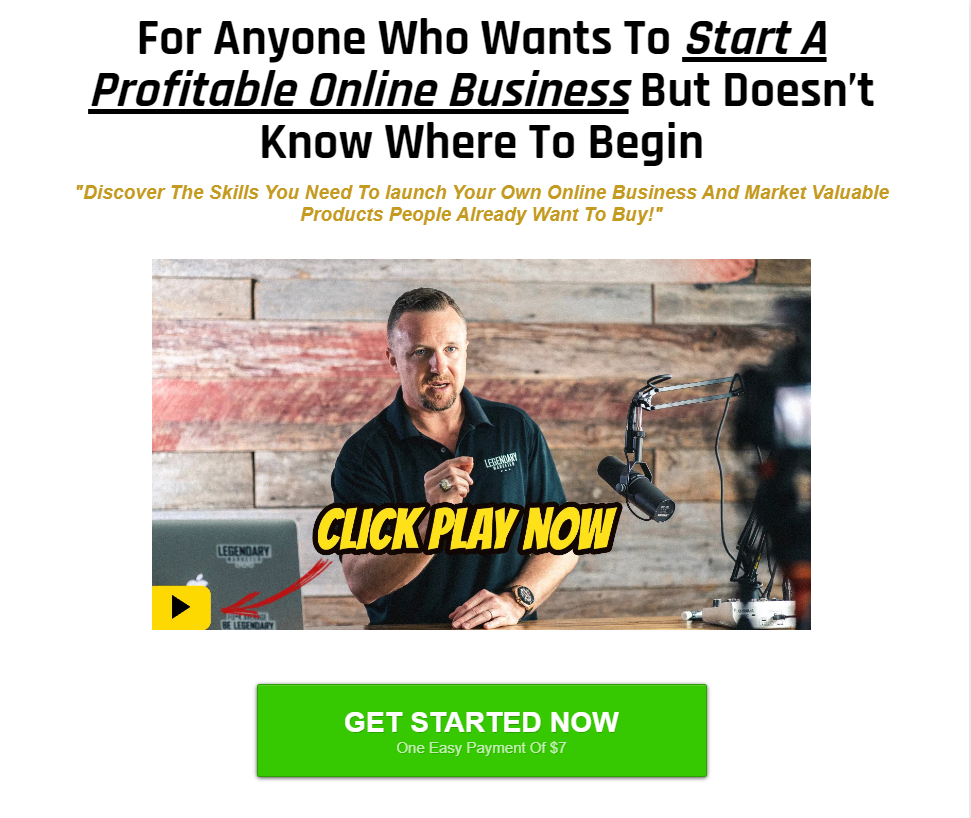
- Legendary Marketer funnels visitors toward their course content using clear and precise calls to actions. Even though Legendary Marketer sells a wide range of courses, its homepage CTAs are all about promoting the same course on starting an online business:
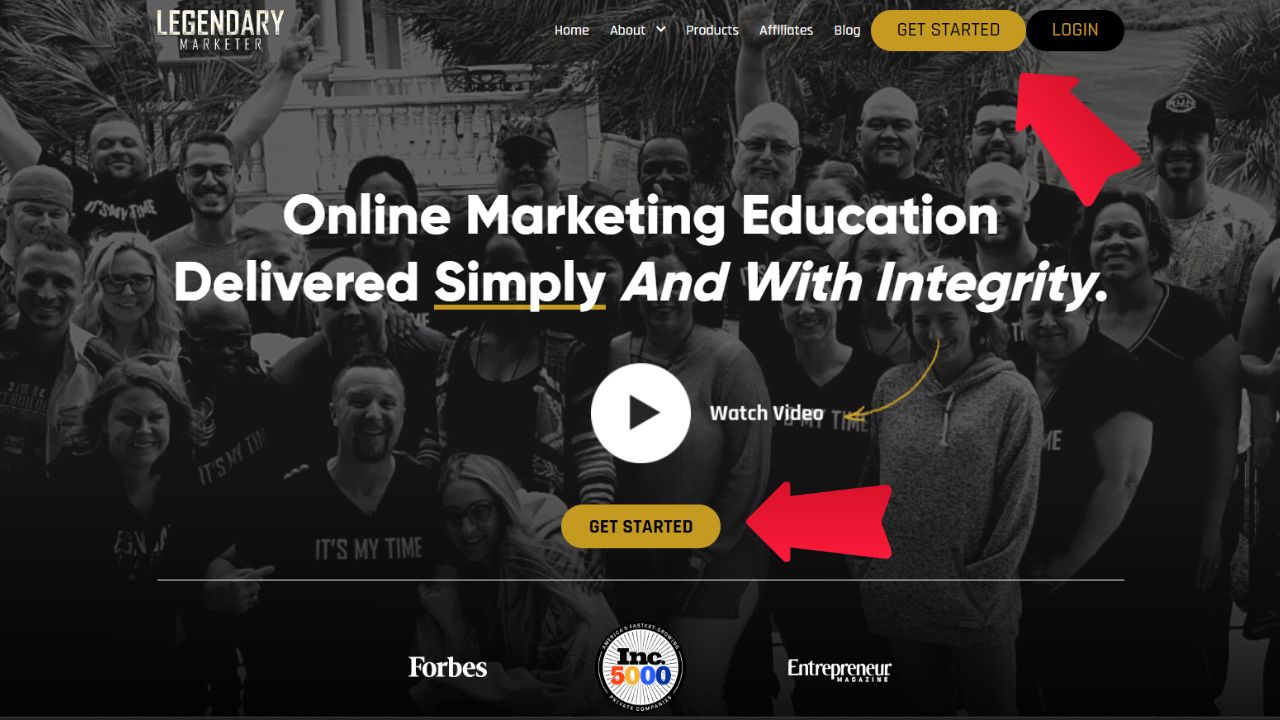
- Legendary Marketer charge a small fee for access to their content. This step is optional – but if customers are prepared to hand over money, that’s a good sign they trust you. Which, in turn, means they’re more likely to buy your recommended products.
#3. Create Product Reviews
Product reviews are one of the most effective ways to promote affiliate links.
Why? Because writing product reviews allows you to target audiences who are close to purchasing.
For example, someone searching on Google for a term “Stanley Cup Review” is clearly already thinking about buying a Stanley Cup – they’re not reading reviews for the fun of it. So if you can persuade them that a Stanley Cup is worth buying (or point them toward a cheaper and/or better alternative), you’re well on your way to driving affiliate link clicks and sales.
Tips for promoting affiliate links in product reviews
NBC News was one of countless publishers to latch onto the Stanley Cup trend by writing its own product review:
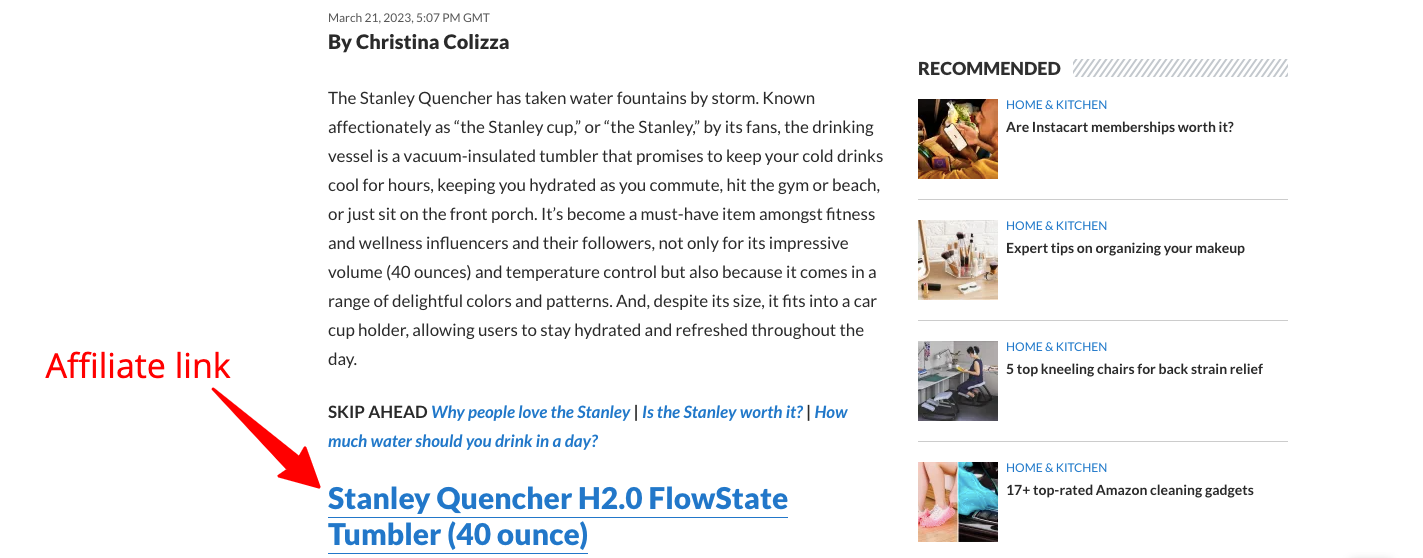
Here are some of the ways they use product review content to share affiliate links:
- Add clear and direct CTAs to product reviews, which makes it easy for readers to click straight through to the retailer of NBC News choice and make a purchase. Of course, each of these CTAs are affiliate links:
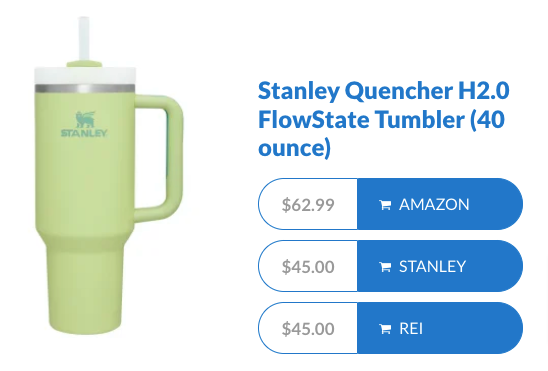
- Share personal experiences of you actually using the product to demonstrate that your review is worth listening to. For example, NBC’s reviewer shares this scintillating anecdote about how she tested Stanley’s claim that it keeps drinks cold for up to 11 hours:

- If you’re recommending a product, make sure you reference specific features and benefits so your words are more meaningful and persuasive, like NBC did here by discussing the Stanley Cup’s various lid positions:

#4. Include Affiliate Links in YouTube Descriptions
The last method required you to have a central “hub” (AKA a website or blog) to reach your audience.
But what if you wanted to promote affiliate links without a website?
The best method that comes to my mind is to start a YouTube channel.
While most people think of it as a streaming platform and/or social media site, YouTube is in fact the second largest search engine with 2.5+ billion users accessing it every month. In other words, YouTube effectively gives you two different ways to reach your audience:
- Through algorithmically generated content recommendations.
- By targeting the types of keywords people search for on YouTube.
Tips for promoting affiliate links in YouTube
When it comes to leveraging the power of YouTube for promoting affiliate links, Garage Gym Reviews is up there with the very best. He’s built a community of over 500,000 followers, and most of his content incorporates affiliate links within the video descriptions:

Here are some of the tactics he uses to promote affiliate links in YouTube:
- Perform YouTube keyword research to find the types of terms your audience are searching for. You can do this by entering a seed keyword (like “home gym”) in a YouTube-specific keyword tool like TubeRanker.

- Showcase products in a way that resonates with your target audience. For instance, Garage Gym Reviews is specifically targeting people who want to build or improve a home gym, so he always demonstrates products in use in a household setting rather than a professional gym.

- Add CTAs to subscribe to your YouTube channel and follow you on other social platforms at the end of your videos. The more often people see your content, the more likely they are to click your affiliate links!

To Conclude
I’ve shared four different strategies for promoting affiliate links in this article.
But in reality, if you’re going to succeed as an affiliate marketer, you’ll likely have to combine several (or perhaps even all) of those strategies. Because you don’t want to rely on a single channel to generate all your traffic, clicks, and sales.
Start with one of these strategies, practice a bit until you think you’re really good at it and then move onto the next strategy.
Before you know it, you’ll be an affiliate marketing machine!
As always, thanks for reading!

Carl Davies
P.S. Did you find this post about “The Best Ways to Promote Affiliate Links in 2024” helpful? If so, please share the love by sharing and commenting.